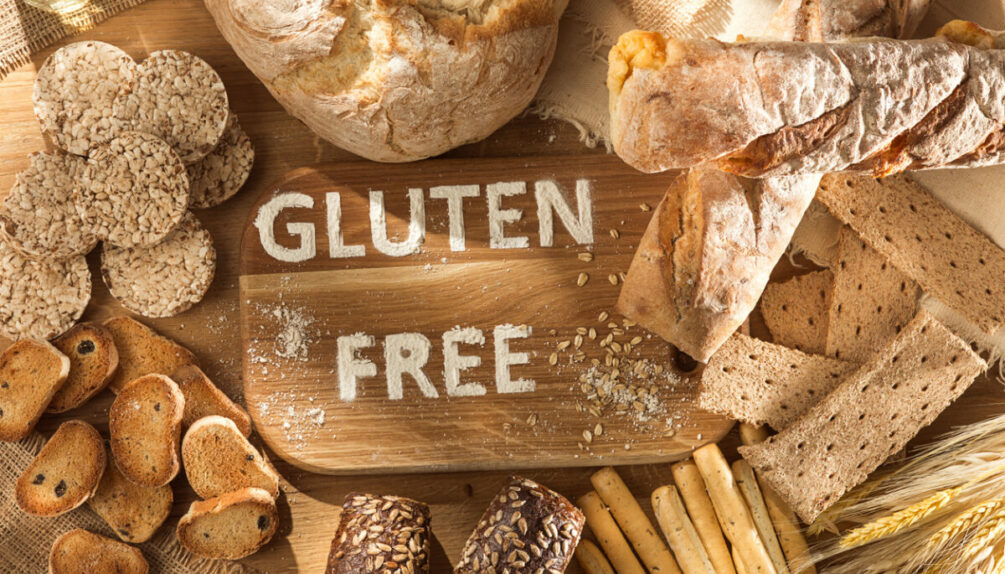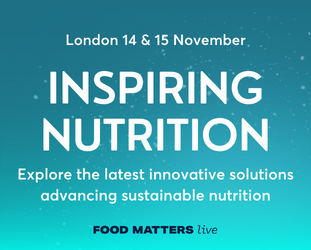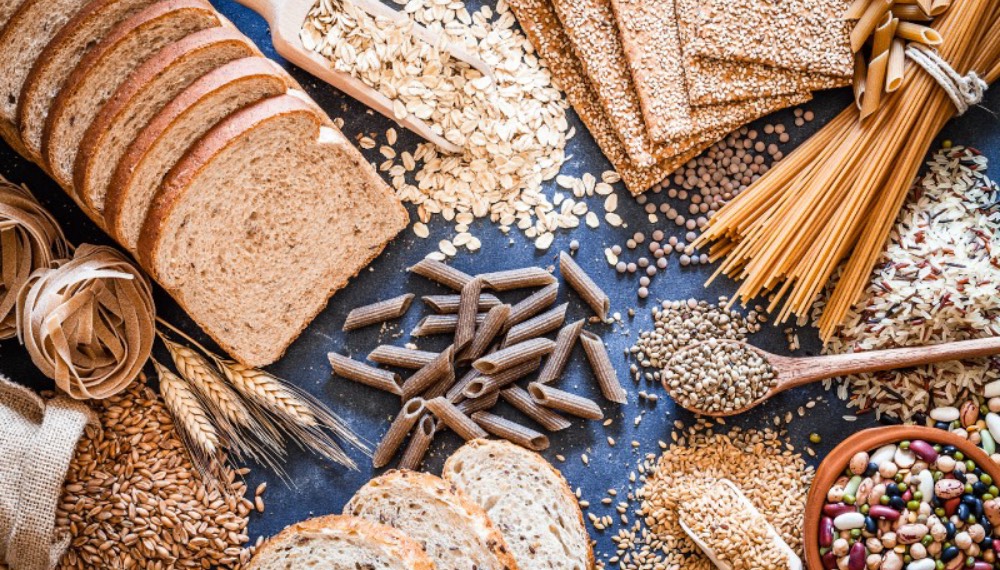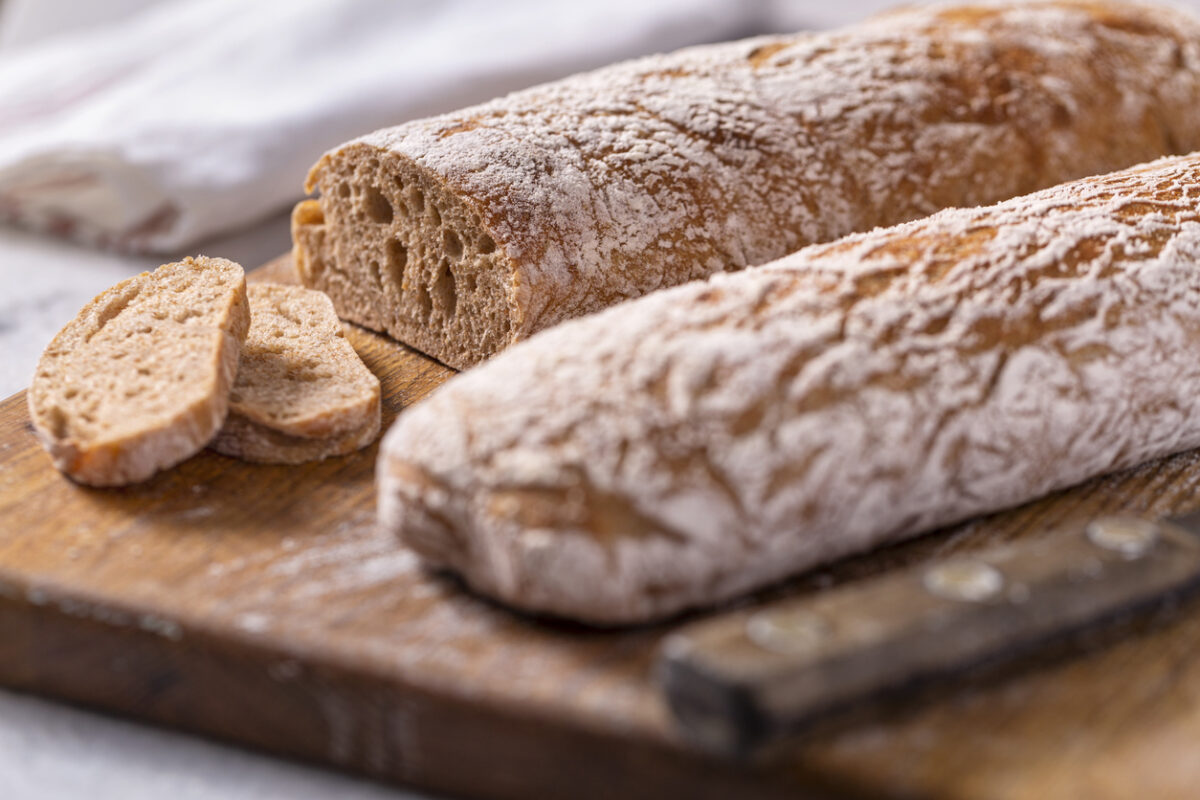Gluten-free products not as healthy as those with gluten, study finds

Following a nine year-long study, a research team at the University of the Basque Country (UPV/EHU) has found that gluten-free products are not as nutritious or healthy as their gluten counterparts.
The UPV/EHU’s Gluten 3S group is accredited for granting the gluten-free seal to producers that guarantees that gluten-free products are indeed free of gluten. Led by Jonatan Miranda-Gómez, the team, part of the department of Pharmacy and Food Sciences, carried out the research examining 200 gluten-free products, and found that these contained higher levels of unsaturated lipids, were lower in fibre and their amount of salt and protein needed to be monitored. “In 2014, we published a fairly ground-breaking scientific paper,” said Miranda-Gómez. “In it, we compared 200 gluten-free foods with their gluten-containing equivalents. Nutritionally, they are not on a par with each other.”
In the last few years the number of people suffering from coeliac disease has increased notably. Whilst it still affects 1% of individuals, with the population increase the cases have gone up. Furthermore, more people have developed sensitivities to gluten, putting the percentage of those affected by it at 10% of the population. Gluten can also trigger other diseases. Better diagnosis and environmental factors have also contributed to the increase in numbers. Public perception of gluten has also changed in the last few years, with more people choosing gluten-free products for health reasons, when in fact the study has found that these foods are not healthier than those that contain gluten.
“The industry has been aware of that,” said Miranda. “So it has developed more products, which has allowed the industry itself to do more research and take other components into consideration. To a certain extent, this social and research team momentum has led to an evolution in the industry. And there has been a remarkable improvement.“
Improvements have been seen in the production of gluten-free pasta for instance. Gluten-free pasta is made from maize flour as wheat naturally contains gluten. The second ingredient added to it was rice flour, but in the last few years that’s been swapped for millet. “This has had a positive effect on nutrition,” said Miranda. “To produce pasta, you have to extrude it, and millet allows extrusion to be carried out using fewer lipids.”
The EPV/EHU team is keen to further their research and look at the environmental factors in the production of gluten-free food items. “We want to find out the environmental impact of gluten-free food,” said Miranda. “They tend to have a greater impact than the rest, because some ingredients need to be imported from abroad, for example. That impact would need to be reduced. For example, the sourcing of millet needs to be explored.”









